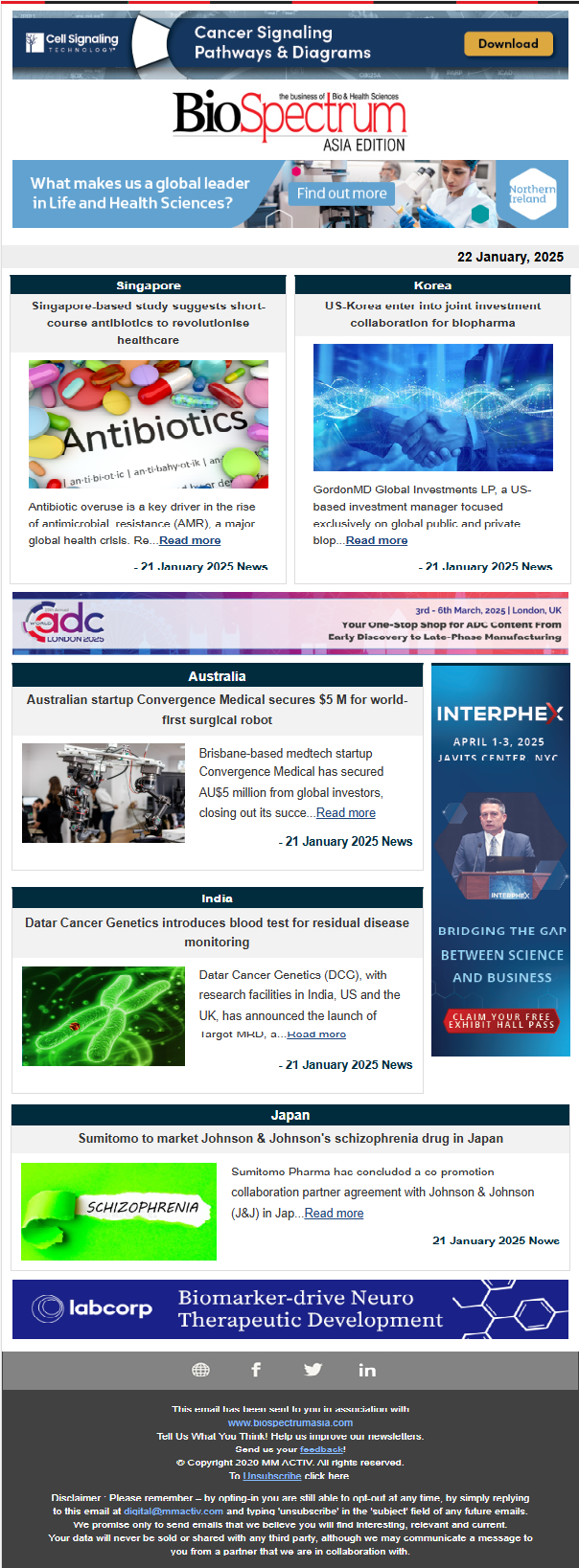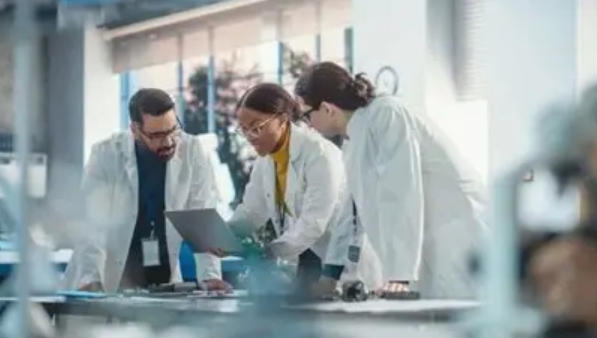
Mr Fredrik Sundberg global director, Strategic Market Development and Customer Relations, GE Healthcare Life Sciences
Showing that a biosimilar is highly similar to the originator molecule is a crucial step in bringing these products to the growing biopharmaceutical market worldwide. Critical to this process is first ensuring a well-characterized biological product. A biosimilar is a non-identical version of the originator molecule with allowances made for minor variations. These subtle differences need to be verified with appropriate physicochemical and functional assays which, in the case of a monoclonal antibody, are being carried out on molecules 100-1000 times larger than small molecule-based drugs.
For this characterization, as well as verification of the biosimilar at a later stage, classical cell-based potency assays have high inherent variation and fall far from current biosimilars standards. This means more precise and robust in vitro assays are required to establish that a molecule is highly similar and achieve regulatory approvals. Such techniques include label-free techniques such as surface plasmon resonance (SPR).
GE Healthcare Life Sciences' Biacore system has emerged as a powerful screening tool for testing quality, structure and activity of all biotherapeutics, including monoclonal antibodies and biosimilars. The ability to detect whether a drug target is binding the biosimilar in a similar way to the originator molecule enables the determination of how well, both quantitatively and qualitatively, the test biomolecule binds to the target under study. Biacore T200 surface plasmon resonance (SPR) system is a label-free, real-time technology that provides crucial information to support characterization of these complex biosimilars. SPR occurs when polarized light strikes an electrically conducting gold layer at the interface between media with different refractive indices. When a solution of a test sample is injected over a gold sensor surface supporting immobilized protein fragment(s) any interaction with the test sample results in changes to the refractive index. Biacore presents these real-time data as a 'sensorgram', which is a profile of SPR response plotted against time. This information-rich data provides real-time insight into the interaction events, as compared to single end-point assays which offer just a fraction of the information.
Biacore has applications in both research and GxP-regulated environments and can contribute to the overarching goal to improve product quality. With the FDA encouraging the use of "state-of-the-art" analytical technology [1], drug developers from research and development through to quality control are adopting new and innovative protein analytics. Whether working with novel or biosimilar drugs, the key to developing a successful biological product is to use these technologies to provide vital information on critical quality attributes (CQAs) of the molecule. When used in conjunction with orthogonal assays, any potential platform artefacts can be avoided. Such a comprehensive approach encompassing label-free technologies like SPR applied in parallel with structural methodologies that measure properties, such as primary structure, size, charge and mass, will most likely have an increasingly important role in establishing similarity. Such an "analytical tool-box" approach offers the ability to clearly demonstrate similarity and is set to aid in reducing clinical development efforts, improve overall product quality, and therefore contribute to accelerating the time-to-market for these biosimilars with improved process economy.
SPR has the added benefit of enabling the assessment of the higher-order structure (HOS) of complex biological products, such as monoclonal antibodies (mAbs), as well as complex binding of antibodies to Fc receptors (Fc-R) on cell surfaces. In addition, it can be used to develop an in-depth understanding of protein-protein interactions that are influenced by conformation, as well as how changes in the HOS of a particular target protein alter the binding-characteristics of interaction partners1. Protein-protein interactions have many functions in a cell: for example they transmit signal transduction through cell membranes using G protein-coupled receptors (GPCR), are used to maintain the structure of protein complexes, and can enzymatically modify proteins.
Consequently, SPR can be used to monitor immunogenicity as part of patient safety assessment in pre-clinical and clinical development. Immunogenicity testing is a key regulatory and technical concern for all biotherapeutics, including biosimilars, and developing more sensitive assays, which have an ability to detect greater numbers and variations of serum antibodies, will be needed. According to National Institute of Biologics and Control (NIBSC) in the UK, it is probably the most challenging element of biosimilar assessment ahead of approval and the US FDA recently released new regulatory guidelines on expectations for "Clinical Pharmacology" and "Immunogenicity2" as well as "Quality Considerations for Biosimilars3". Biacore forms part of current best practices for immunogenicity monitoring, by providing sensitive measurements of potentially neutralising antibodies that bind to biosimilar MAbs.
In addition, an SPR approach has the potential to be the standalone tool for assessment of binding for product quality control. These opportunities for adopting Biacore are particularly important in Asia, where biosimilars are a promising area of growth for the pharmaceutical industry and where pharmaceutical manufacturing in general is growing at a rapid rate. India's market is expected to grow by 15 percent annually, and in 2012 was worth $14.3 billion. The Chinese biosimilars market is due to reach $20 billion by 2015, which could represent up to 20 percent of global biosimilars. Over the past year, the number of biosimilar development projects which have been publically disclosed has increased by 40 percent. At the same time, a large number of biotherapeutics patents, worth over $67 billion6 are due to expire by 2018, including novel monoclonal antibodies (Abs). The first MAb biosimilars application to the FDA's biosimilars 351(k) pathway was recently made by Celltrion, a South Korean company. The potential to improve access for patients provided by these cheaper biomolecules could benefit both healthcare providers and patients worldwide; however, slight differences in the structure or chemistry of a biosimilar can result in significant differences in clinical outcome or immunologic response.
Demonstrating the "comparability" of a biosimilar with the original molecule is essential. The ability to do this has the additional benefit of opening new opportunities for more efficient process economy through improved production technology, developing and using a more economically viable process with, for example, the wider adoption of disposable equipment.
Beyond biosimilars it should be noted that demonstrating similarities in immunogenicity, target binding and activity levels, as well as higher-order structure through use of technologies such as Biacore, may also have future applications in vaccine manufacturing in Asia and elsewhere.
Biacore products are for research use only, not for diagnostic or therapeutic use.




